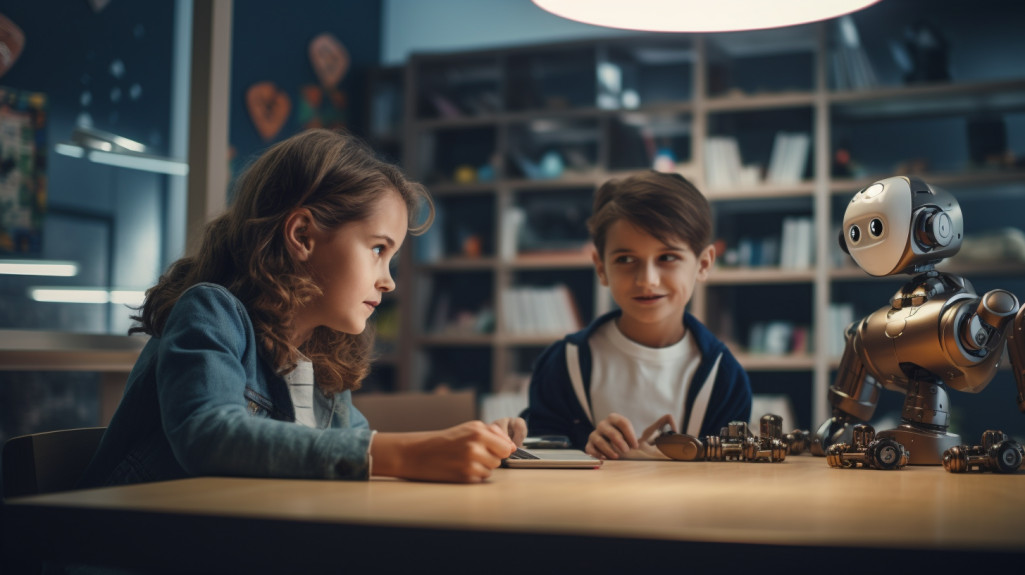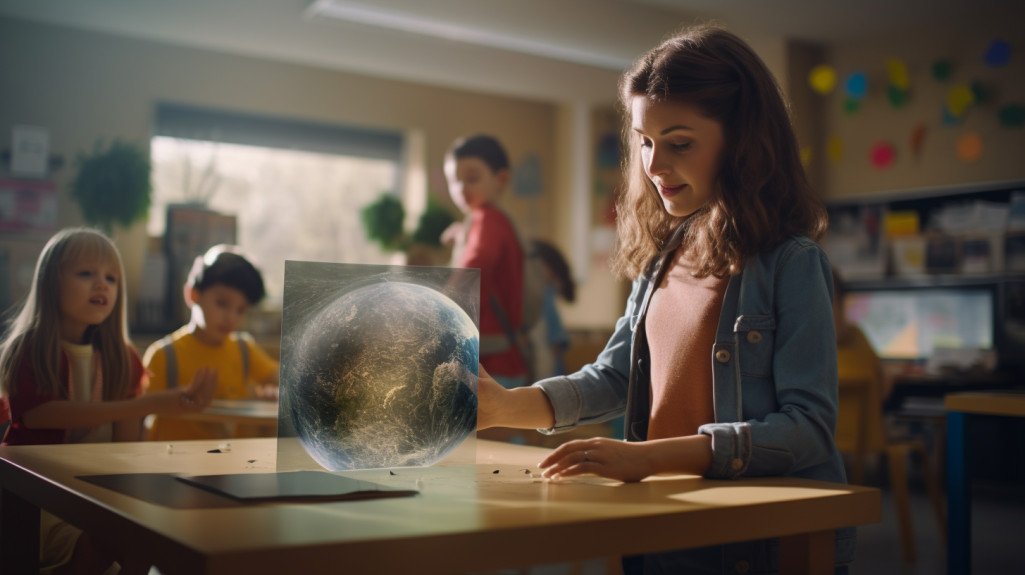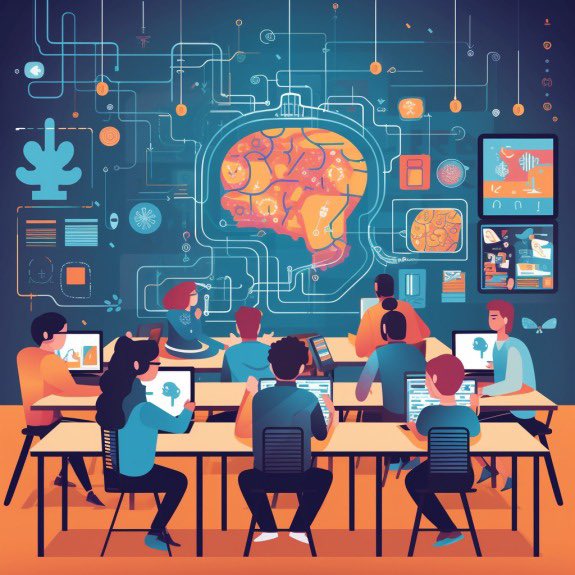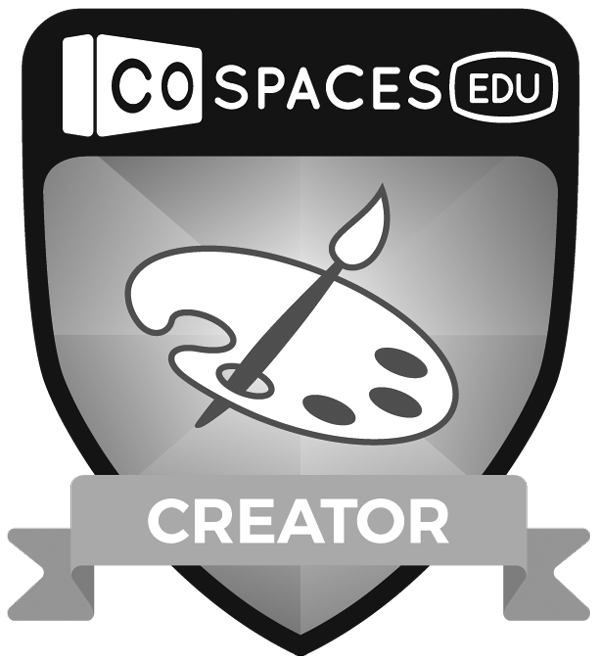In the previous post we saw how the application of Artificial Intelligence In education it can quickly become a powerful ally of educators, as long as it is used with discretion and pedagogical sense.
Today we will see how AI can play an important role in technological extracurricular activities in activities such as robotics, programming y virtual reality to improve the quality and uniqueness of learning. These are some of the main applications:
Personalization of learning
In the case of programming classes, for example, online learning platforms use AI algorithms to adapt resources employees based on each student's skill level and progress.
Thus, a student who demonstrates solid knowledge in a specific area of programming could encounter more advanced challenges to maintain their interest and continue developing their skills.
Troubleshooting Wizard
We have all experienced in class that robotics projects can be technically complex and that, sometimes, the prototype created does not behave exactly as we expected.
When analyzing the problem and finding possible solutions, AI support agents can analyze the robot's design and its sensor data to detect possible malfunctions. Let's imagine that a robot does not follow the correct trajectory, this could be due to various mechanical causes, light conditions combined with the perception threshold of the sensors, etc. A quick diagnosis with the help of AI can help us find the component that is not working correctly and suggest possible adjustments.

Virtual simulations
The creation of virtual environments and different complex image generation technologies can greatly benefit from the intervention of artificial intelligence. In this way, the user experience in a Virtual Reality can be a lot more immersive, with more realistic and dynamic interactions. In the case of a simulation of an underwater ecosystem, for example, AI could adapt the behavior of marine animals based on the student's actions, creating a more stimulating and personalized educational environment.
Feedback and constant improvement
When learning to program, the feedback offered by an AI-based assessment tool provides very detailed information about code quality and suggests new ways to approach a challenge. We are not just talking about debugging the code and detecting common errors, but also about incorporating new possibilities or perspectives when creating programming structures. This entire process would be constantly monitored by the AI assistant, so that students have the opportunity to constantly improve.
Project design
In our classes we use the design methodology (Design Thinking) to devise new solutions and learn to develop prototypes optimized for certain functions. Automatic generation algorithms can help students design robots or software applications more quickly and efficiently. For example, a student who wants to create a robot could use a tool that, using AI, generates a list of recommended parts and an initial design based on the project's goals.

Online collaboration and social learning
Virtual Reality environments powered by AI provide a extra dimension to online collaboration projects, whether they are 3D design proposals, simulations or educational games. Students develop in a very stimulating and attractive space in which they can interact and learn together in the same environment, regardless of their physical location.
Risk and security assessment
Just as in real life, where robots often perform tasks that are risky or potentially dangerous for humans, AI can also be a very effective help in preventing risks and ensure the safety of students when carrying out robotics activities. In this way, it could monitor the operation of a robot before starting it or even automatically stop it if a potentially dangerous situation is detected for the assistants or even for the integrity of the robot itself.
In summary, as we have seen, AI promises to bring important improvements in education also in extracurricular STEAM in activities such as robotics, programming and virtual reality. Among other improvements, we will see progressively greater levels of learning personalization, problem-solving assistance, new immersive simulations, and greater opportunities for collaborative learning.
These practical examples show how AI can improve the quality of learning and empower students in acquiring technological skills.
The IGNITE Serious Play pedagogical team is already working, in this sense, on an action plan on AI in education that will allow us to make a qualitative leap in the development of the IGNITE Method at all educational stages.
See you in the classrooms, Igniters !







